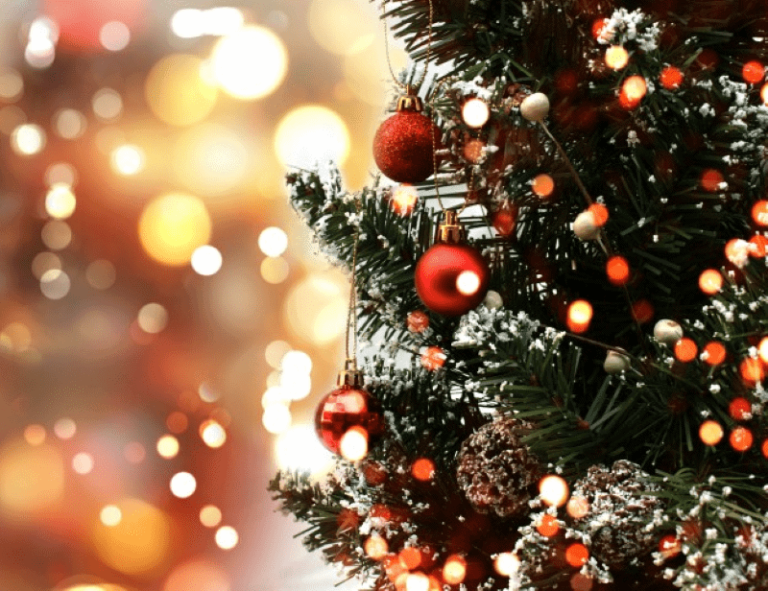The Origins of New Year’s Day Celebrations
New Year’s Day celebrations have been a part of human history for thousands of years. The concept of a new year, with new hopes and resolutions, has been celebrated in various cultures and traditions across the world. From ancient times until present day, the celebration of New Year’s Day has been marked with lots of festivities, traditions, and customs.
The earliest recorded New Year’s Day celebrations date back to ancient Mesopotamia and ancient Egypt, where New Year’s Day was celebrated around the time of the Vernal Equinox. The Babylonians celebrated their festival of Akitu, which was a twelve-day long celebration that marked the New Year, while the Egyptians celebrated the rising of the Nile River, which signaled the start of their New Year. Other ancient civilizations that had their own unique New Year’s Day celebrations included the Persians, the Phoenicians, and the Greeks.
In ancient Rome, New Year’s Day was celebrated as the first day of the year, but it was not until 1582 that the Gregorian Calendar was introduced, and the date of New Year’s Day was changed to January 1. Since then, January 1 has become the universally accepted date for New Year’s Day celebrations.
The Evolution of the New Year’s Resolution
Modern New Year’s Day celebrations include a variety of traditions and customs that have been passed down through the generations. One of the most popular traditions associated with New Year’s Day is the making of resolutions, which are promises people make to themselves to improve their lives in the coming year. Often, these resolutions address issues related to health, relationships, or finances, and they are usually accompanied by a great deal of optimism and enthusiasm.
Another popular tradition associated with New Year’s Day is the concept of “Auld Lang Syne”, which means “old long since” and is typically sung at midnight on New Year’s Eve. This song is a symbol of friends and loved ones coming together to celebrate the end of the old year and the beginning of the new one, and it has become a staple of many New Year’s Eve celebrations around the world.
Many cultures also have foods associated with New Year’s Day that are meant to bring good luck and prosperity throughout the year. For example, in the southern United States, it is traditional to eat black-eyed peas and collard greens on New Year’s Day, as these foods are believed to bring good luck and financial success. Similarly, in Japan, it is customary to eat soba noodles on New Year’s Eve, which symbolize longevity and prosperity.
New Year’s Day celebrations are not only marked by traditions and customs, but also by many forms of entertainment and festivities. Fireworks displays, parades, and concerts are just a few of the activities that are often associated with New Year’s Day celebrations around the world. Large parties and gatherings are common, and many people make a point of spending New Year’s Day surrounded by family and friends.
In conclusion, New Year’s Day celebrations have a rich history that dates back thousands of years. From the earliest Mesopotamian and Egyptian festivals to the modern-day festivities, the celebration of the New Year has become a time-honored tradition that is marked by hope, optimism, and joy. With the passing of each year, people all over the world embrace the opportunity to start anew, and to look forward to the possibilities and opportunities that lie ahead.
